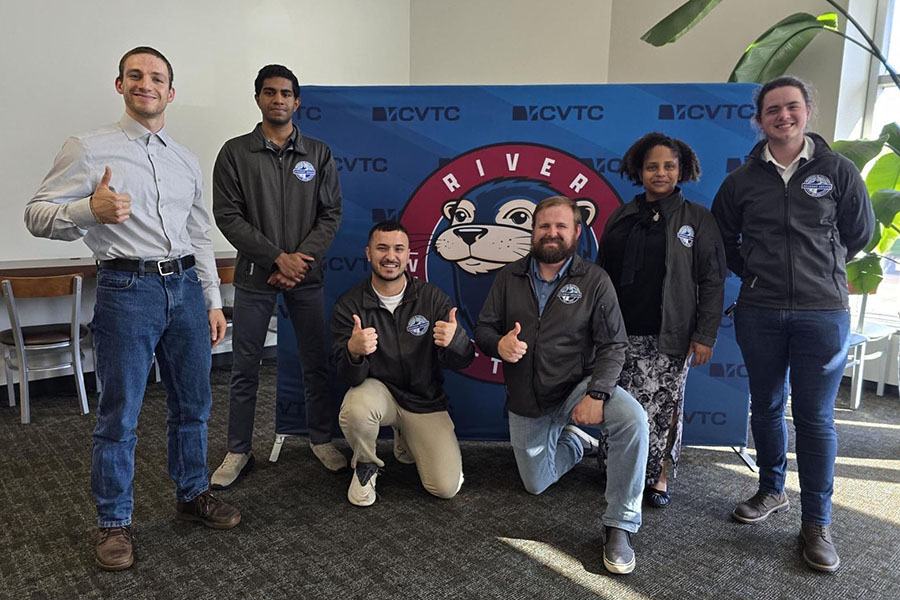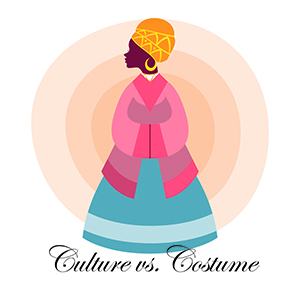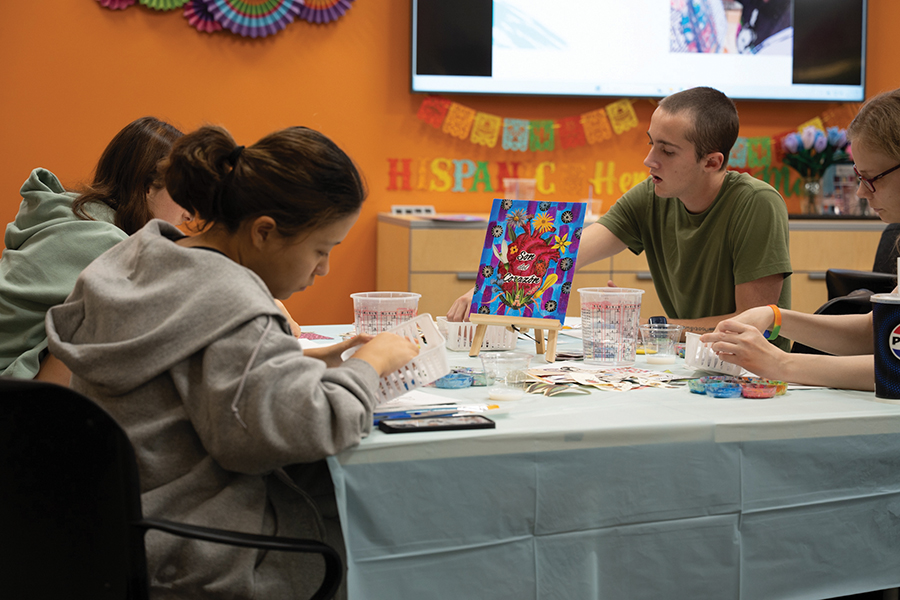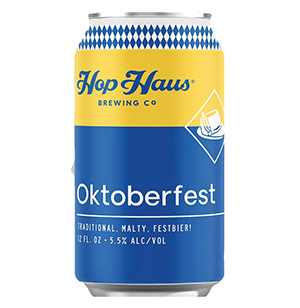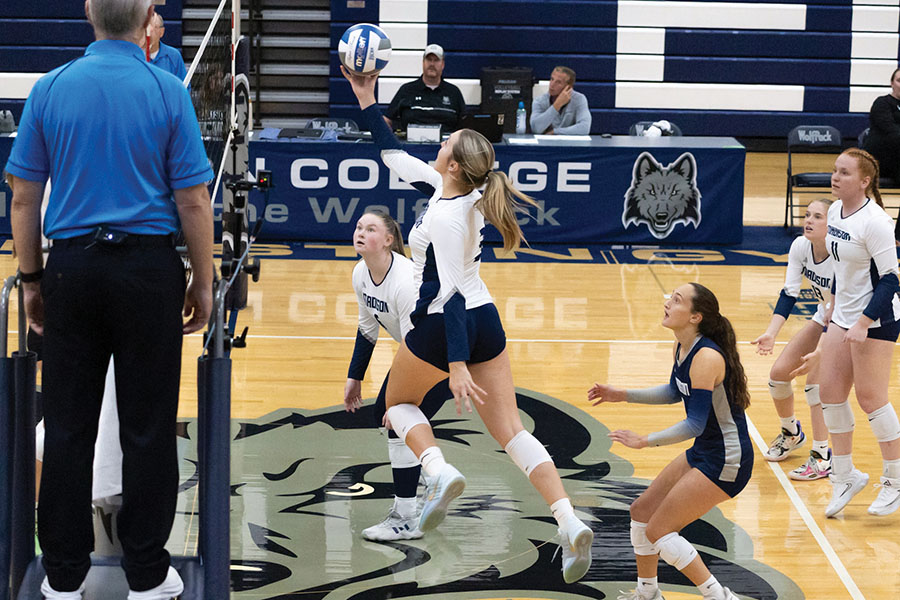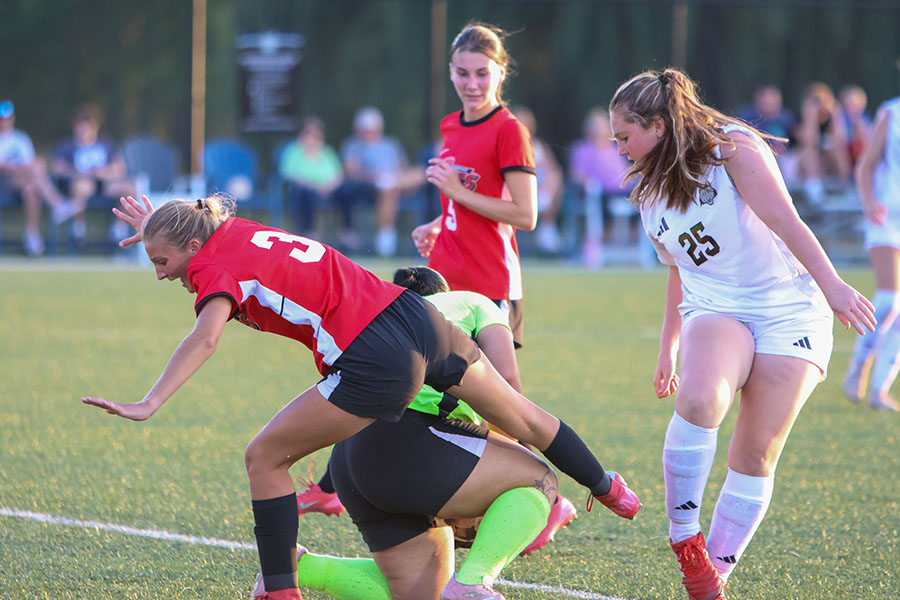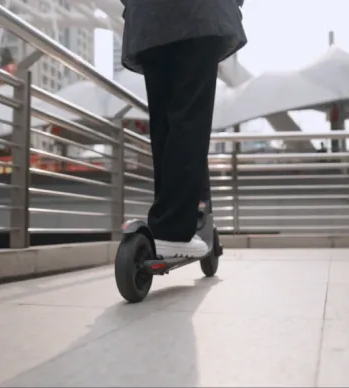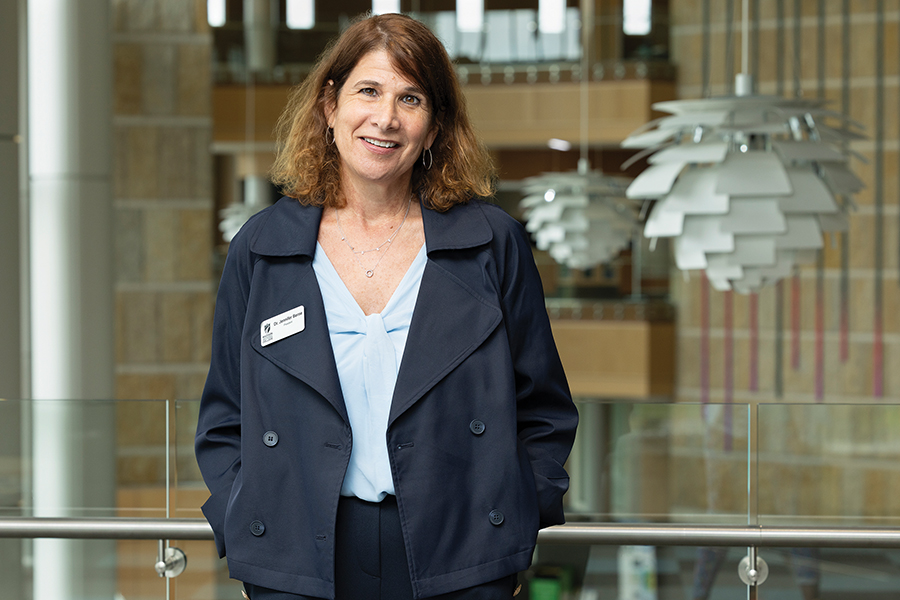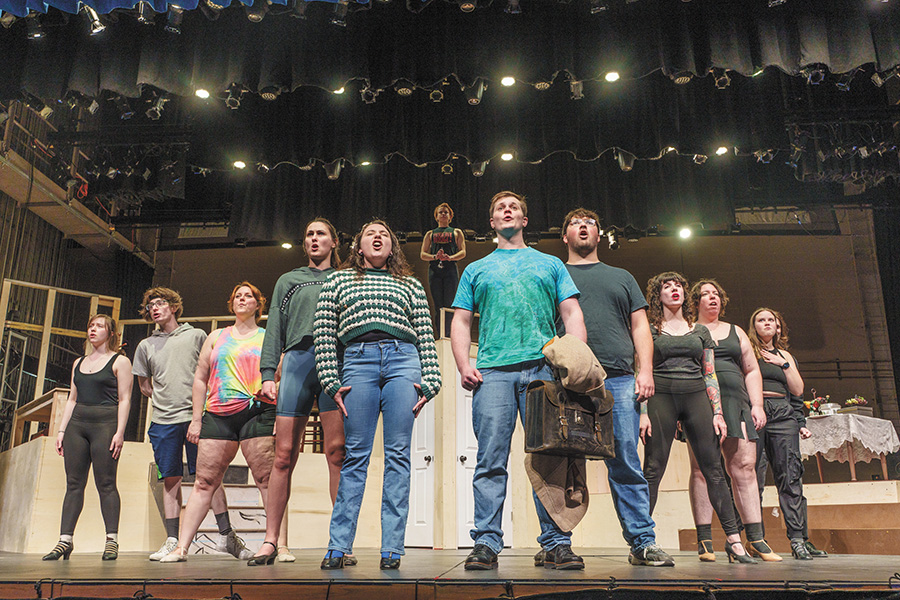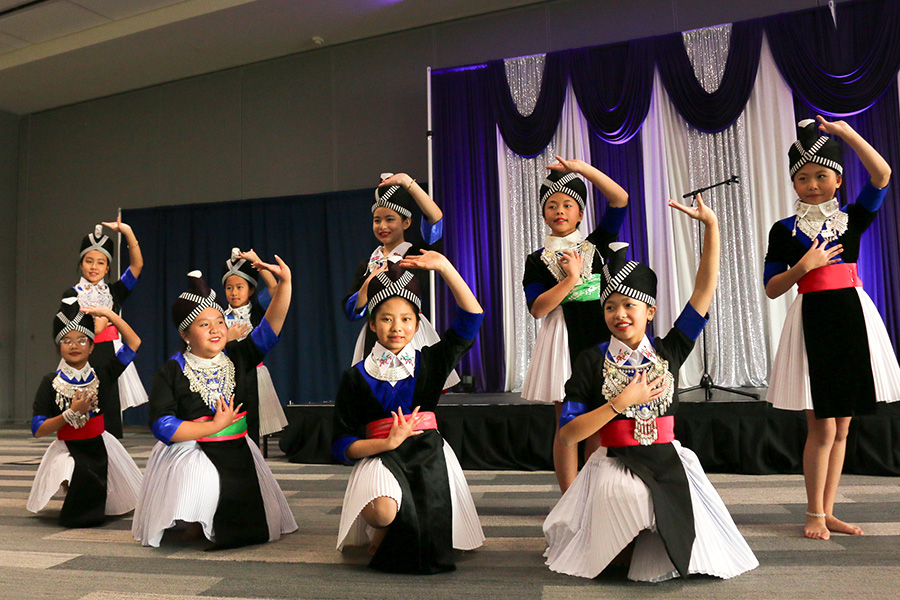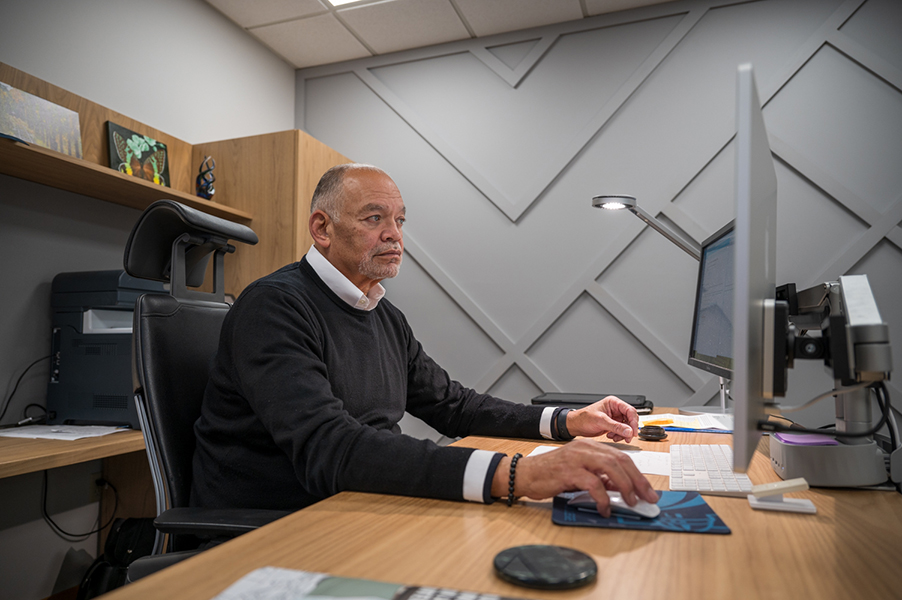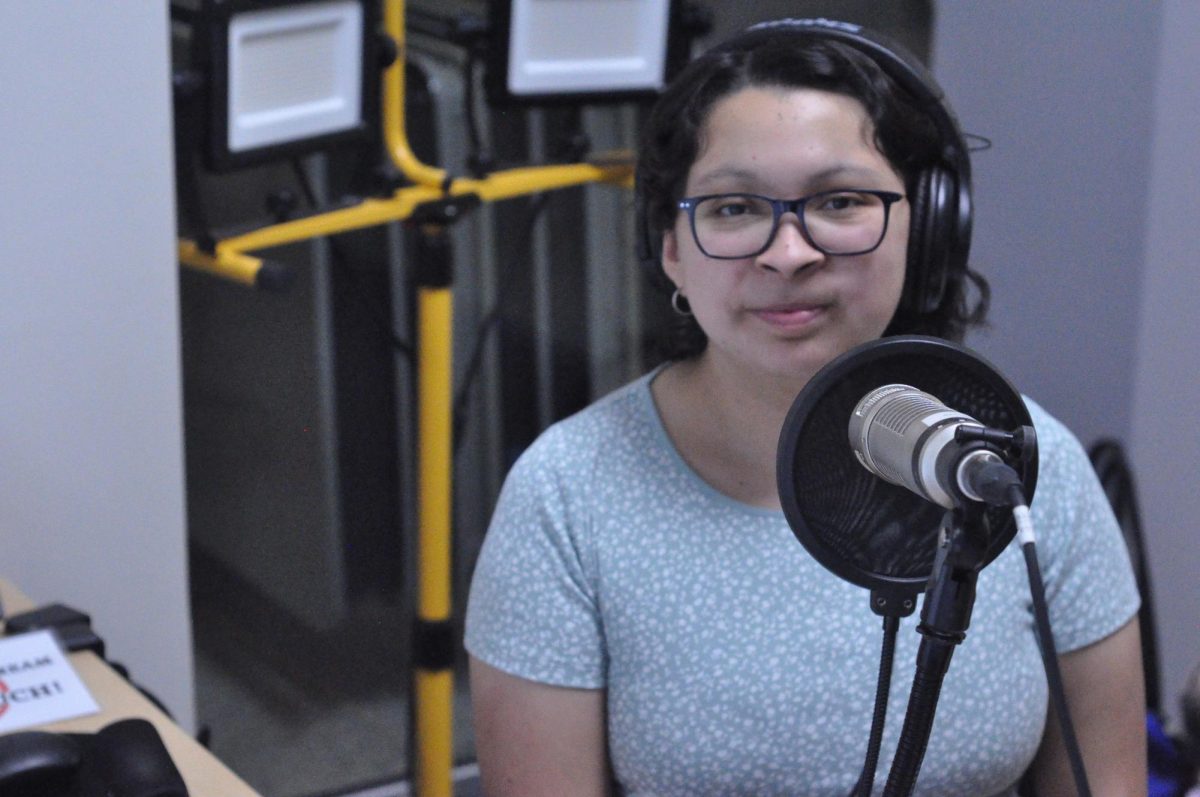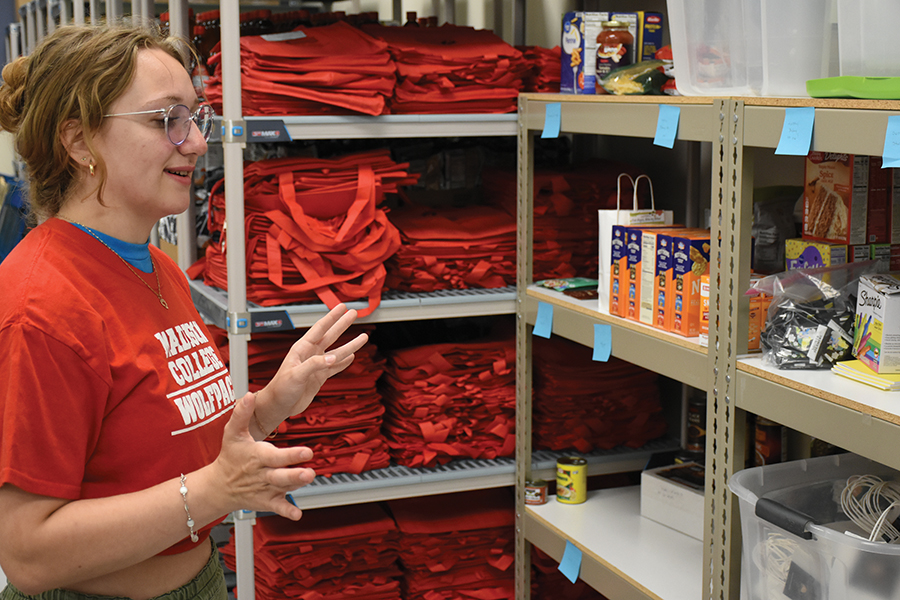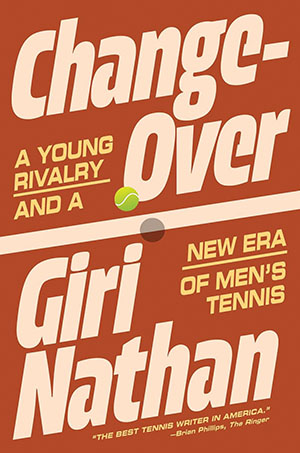
Every brand needs a great rivalry. Coca-Cola vs. Pepsi. Apple vs. Microsoft. McDonald’s vs. Burger King. Rivalry elevates a brand by boosting consumer engagement and fostering loyalty. Rivalry can also evoke a sense of community — witness Green Bay Packers fans collectively cheering or booing a team.
When tennis players Carlos Alcaraz and Jannik Sinner played in the quarterfinals of the 2022 US Open, the tennis world was witnessing the beginning of a great rivalry. In that match, which ended at 2:50 am, Alcaraz ultimately prevailed, winning in five sets. However, the final outcome doesn’t reflect the intensity of shot making, showmanship and making adjustments on the fly.
Since that riveting match, men’s tennis has been abuzz with excitement over the building competition between the two.
In “Changeover: A Young Rivalry and a New Era of Men’s Tennis,” sportswriter Giri Nathan guides us through the 2024 tennis season, following the players both on and off the court. Between Alcaraz, a 22-year-old from Spain, and Sinner, a 24-year-old from Italy, they have won eight of the past nine Grand Slam tournaments.
Raised in El Palmar, a suburb outside of Murcia, Spain, Alcaraz began as a prodigy at the age of four. He was agile and athletic, playful, but powerful. His sunny and lighthearted personality makes him the perfect party guest. He is often seen with a constant smile, breezing along, chatting with fans, and is so lively that he is frequently seen playing with the ball kids after a match.
By the age of 14, he finished as a runner-up in the Spanish National Championships for under-16 players, showcasing remarkable talent even in older age divisions. At 15, he was coached by former world No. 1 tennis player Juan Carlos Ferrero, and a year later, he entered the ATP main draw for the first time at the Rio Open in February 2020, at the age of 16.
Jannik Sinner grew up in Sesto, a town in the northern region of Italy, near the Austrian border, an Alpine area known for its ski resorts. Sinner was also a prodigy — in skiing. At the age of seven, he was the Italian national slalom champion. At 12, he was the national runner-up. Along with skiing, Sinner also enjoyed soccer. As for tennis, Sinner only practiced the sport about twice a week, even taking an entire year off at one point.
Gradually realizing that tennis allowed for more room for error, unlike skiing, where a single mistake can be catastrophic, Sinner fully committed to tennis at the age of 13, moving away from his family to be coached by the renowned Italian tennis coach, Ricardo Piatti.
Nathan’s book is a mesmerizing look at the game of tennis and its personalities. While he summarizes past matches that most readers are likely familiar with, he replays them in precise, vivid imagery, capturing the excitement of watching from the front row.
Nathan describes Alcaraz’s vibrant presence at the US Open, likening him to a “nightclub in the form of a tennis player.” He adds that Alcaraz’s personality is perfect for today’s social media culture, which thrives on a “highlight reel” mentality.
It also describes Sinner in a calm, distant manner, as if his time in the snowcapped mountains has shaped Sinner’s character, portraying him as a “metronomic introvert,” methodical and technically brilliant.
Like many tennis books, “Changeover” is not just for tennis fans. Any garden-
variety sports fan will enjoy Nathan’s account. However, parents of athletes should also take note, as they can learn valuable lessons from both players’ upbringings.
In sports, there is the cliche of fizzling out from early success or worse, an overbearing parent. Although Alcaraz’s father, Carlos Alcaraz González, coached his son till 13, and who once harboured his own tennis dreams, Alcaraz was not raised by a “tennis” dad.
From all accounts, he and his father have a loving relationship, with González handing off the coaching to Ferrero when his son was in his early teens. Alcaraz once explained that his father wanted to respect the role of being a father and avoided combining the roles of coach and dad.
Sinner’s itinerant path to tennis is another teachable moment for parents: a child athlete doesn’t need to specialize early, as he didn’t until his teens.
His parents allowed him to toggle between skiing, soccer and tennis, proving that children can explore their own sports adventure before settling on one.
When Nathan decided to write his book, he wanted to portray these athletes as they are just starting, still molding and shaping themselves, before they become fully “legacy-conscious.”
He knew that profiling them in five years wouldn’t matter as much, as their tournaments and lives become scripted, sanitized and boxed.
How wonderful for us mere spectators to read about learning strategy, building fortitude, neutralizing emotions and steeling competitiveness. If we’re lucky, we will see it unfold for years.



